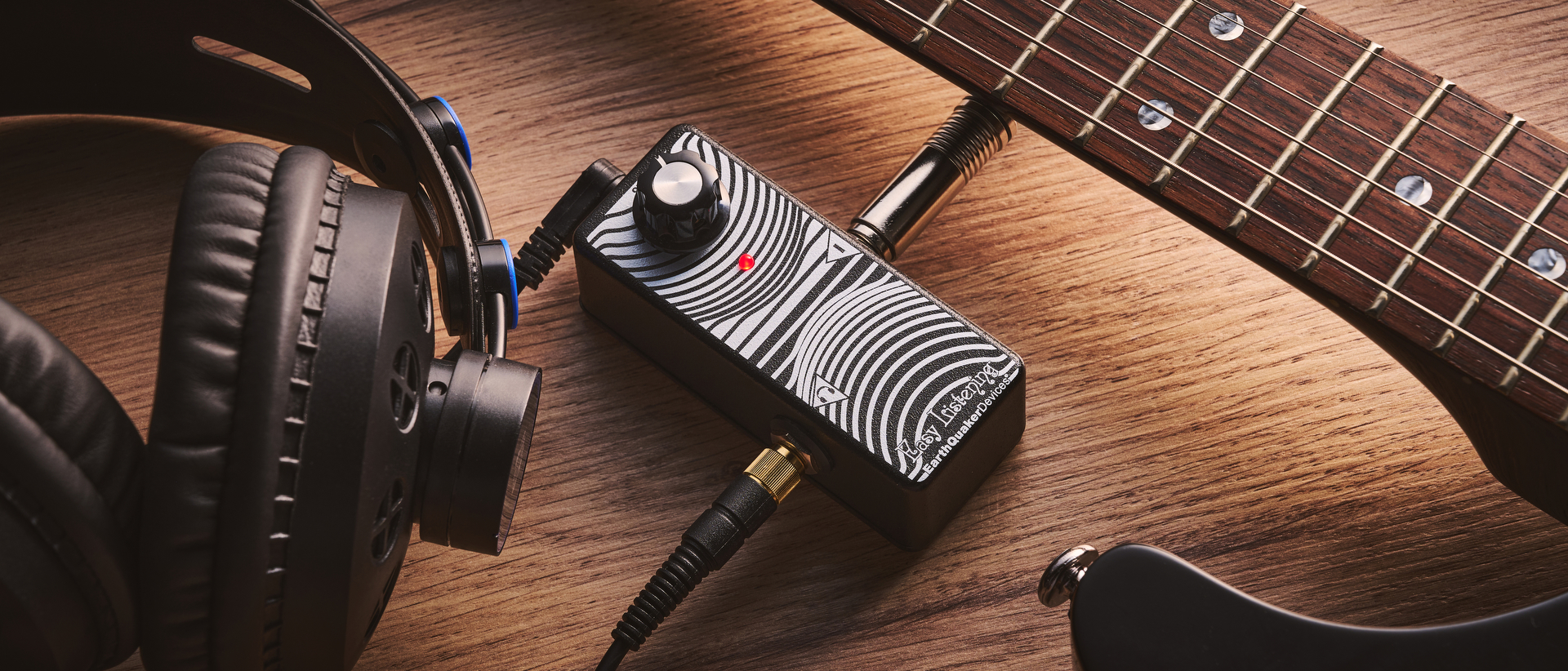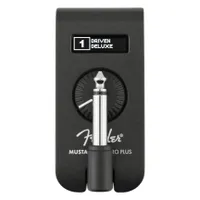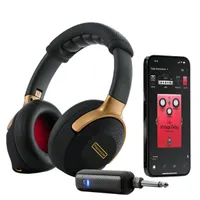MusicRadar Verdict
The Earthquaker Devices Easy Listening is the perfect antidote to players who don’t want an amp simulator jam-packed full of tech. With no smartphone app, no IR loader, and just a single knob for control, it does away with all the distractions and lets you focus on the good stuff, i.e actually playing your guitar.
Pros
- +
Delivers a great base tone for use with pedals.
- +
With just a single knob, it couldn’t be any easier to use.
- +
Compact enough to fit on pretty much any pedalboard.
Cons
- -
The definition of a one-trick pony.
- -
Some will prefer the ability to load 3rd-party IRs.
MusicRadar's got your back
Earthquaker Devices Easy Listening: What is it?
Defined as an analog amp simulator, the Earthquaker Devices Easy Listening is a mini pedal designed to go at the end of your pedalboard. Featuring just a single knob, single input, and a headphone out, it’s the antithesis of complex pedalboard-based amp simulators that we’re used to in the modern age of guitar, so no menu diving, no latency, no updates, and no smartphone app.
The idea behind the all-analog circuitry is to give a response and immediacy that’s more like a real amplifier, and its circuitry is based on a Fender 65 Deluxe with both tone controls at 12 o’clock. With a built-in cab simulation, it’s the ideal pedal platform in theory, and potentially a great pick for those who don’t fancy the knobs and sub menus of your usual pedal amps.
Specs
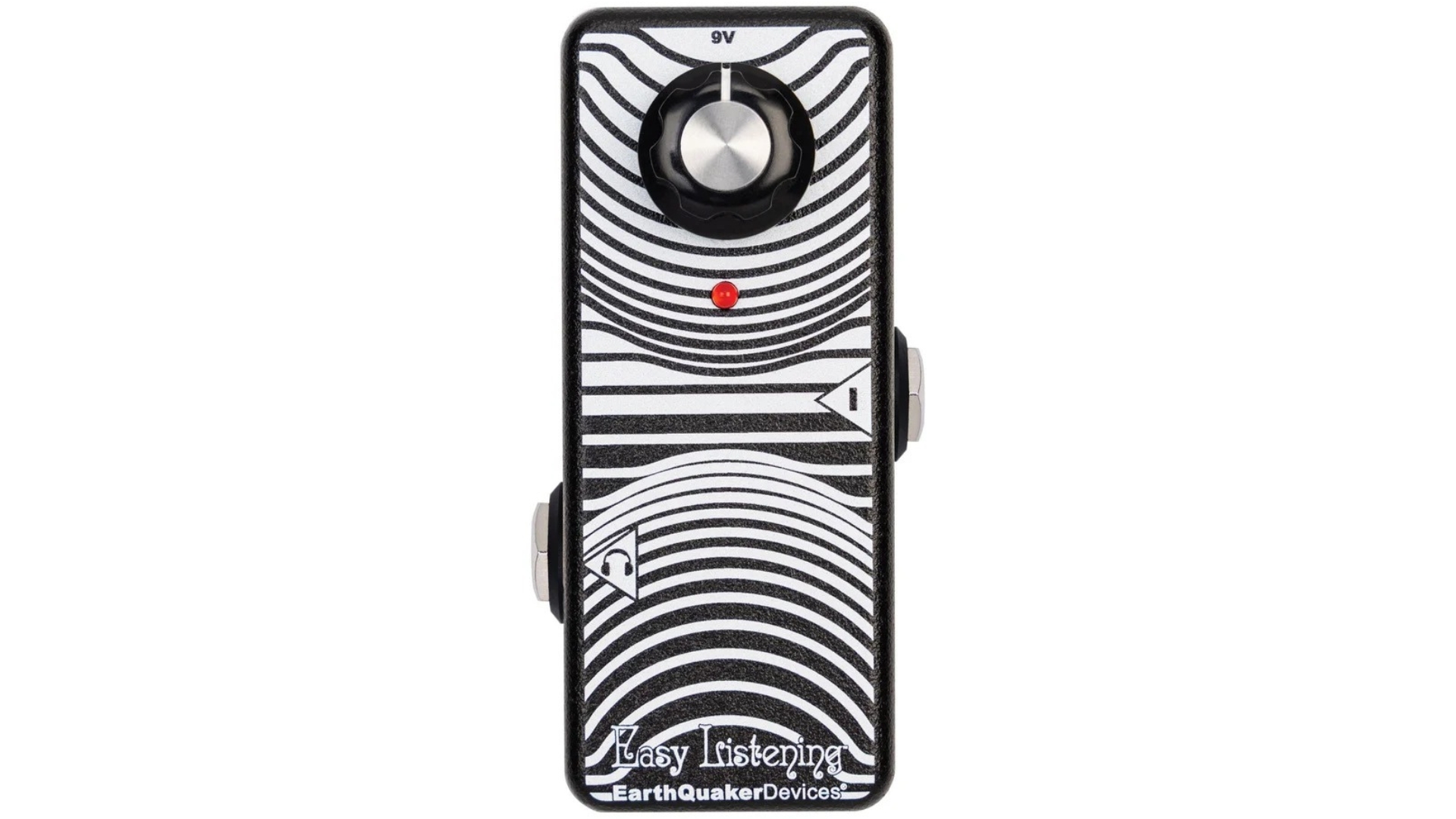
- Launch price: $99/£115/€129
- Type: Guitar headphone amp/amp simulator
- Controls: Volume
- Features: N/A
- Connectivity: 1x 1-4-inch mono input, 1x 1/4-inch stereo out
- Bypass: True bypass
- Power: 9V DC, 75mA
- Dimensions: 92 × 48 × 38 mm (3.625 x 1.875 x 1.5”)
- Weight: 130g (0.286lbs)
- Options: N/A
- Contact: Earthquaker Devices
Build quality
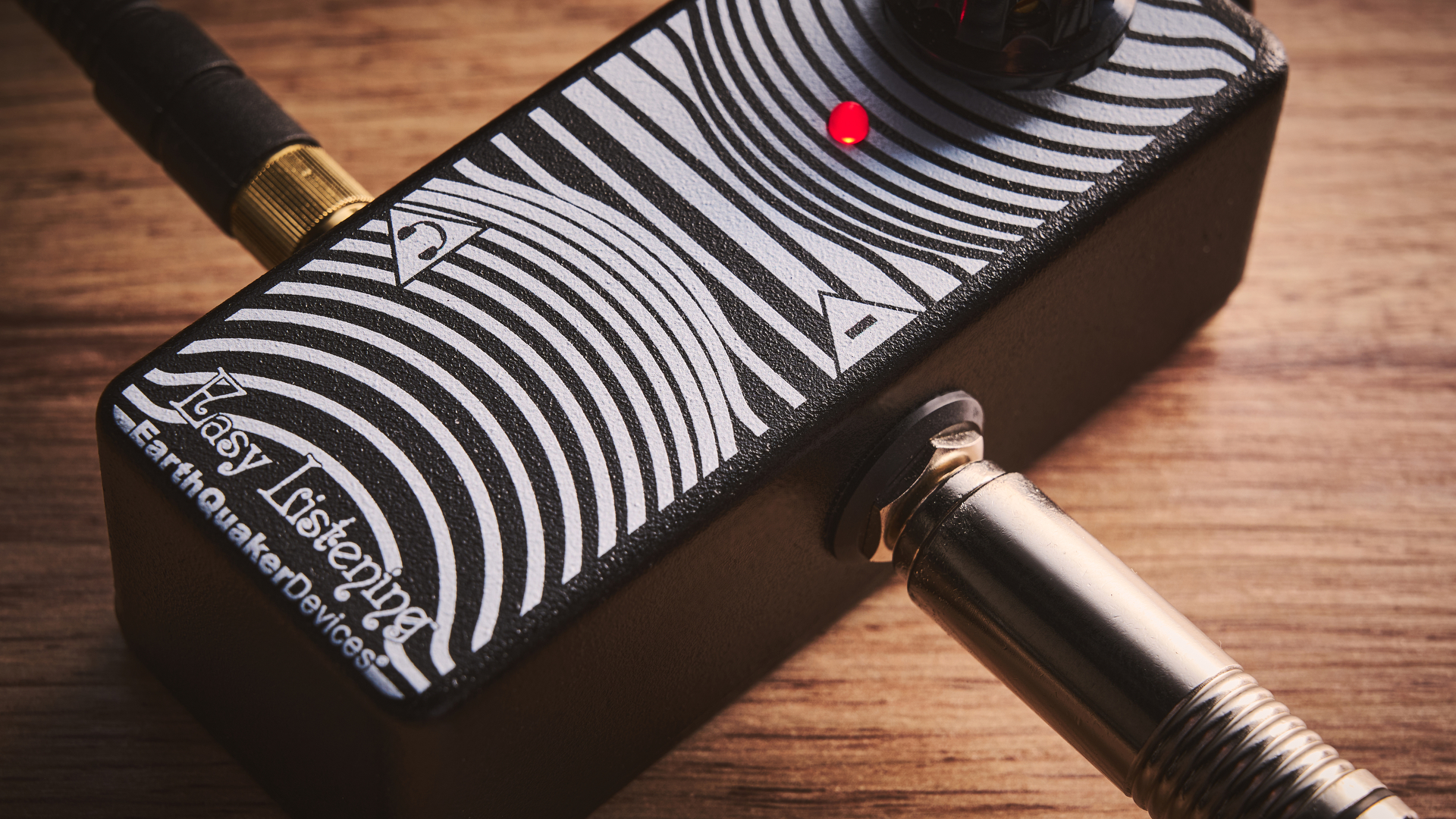
Build quality rating: ★★★★★
Unboxing the EQD Easy Listening, my first thought is that it's absolutely minuscule. Very much in the mini-pedal category, the lack of appointments contributes to the impression of diminutiveness, but is somewhat made up for by the monochrome Doppler-effect design on the front face of the pedal. It’s probably the most simplistic-looking pedal I’ve ever reviewed.
It feels very rugged, and with so few adornments, there’s going to be precious little to go wrong here. A single volume knob sits at the top of the pedal front, and I yank on it to see if there’s any flex, but it stays rock solid. The travel also has some resistance to it, which feels nice for making fine adjustments.
Just below is a single red LED that lights up when I plug my guitar into the input of the pedal, and on the opposite side is the headphone out. These are marked by an ‘I’ for the input and a headphone icon for the output, and apart from the top-mounted power connector, that’s all it has in terms of connectivity.
Usability

Usability rating: ★★★★☆
Want all the hottest music and gear news, reviews, deals, features and more, direct to your inbox? Sign up here.
Easy Listening is the simplest pedal I’ve ever used
The Easy Listening is the simplest pedal I’ve ever used, with just a single volume knob to control it. That means you’ve not got a lot of flexibility, but also it encourages you to just get on with the fun stuff - like actually playing your guitar. Using the pedal is as simple as plugging in and turning up the volume; it doesn’t even have a footswitch to engage it.
Although primarily developed as a guitar amp headphone, Easy Listening can also operate at the end of your pedalboard to let you record into an audio interface without having to mic up your amp. You can get stereo recording with a TRS splitter cable if you want, although with no way to bypass the speaker emulation, I don’t see any reason you would need to do this unless it was for post-processing reasons.
Sounds
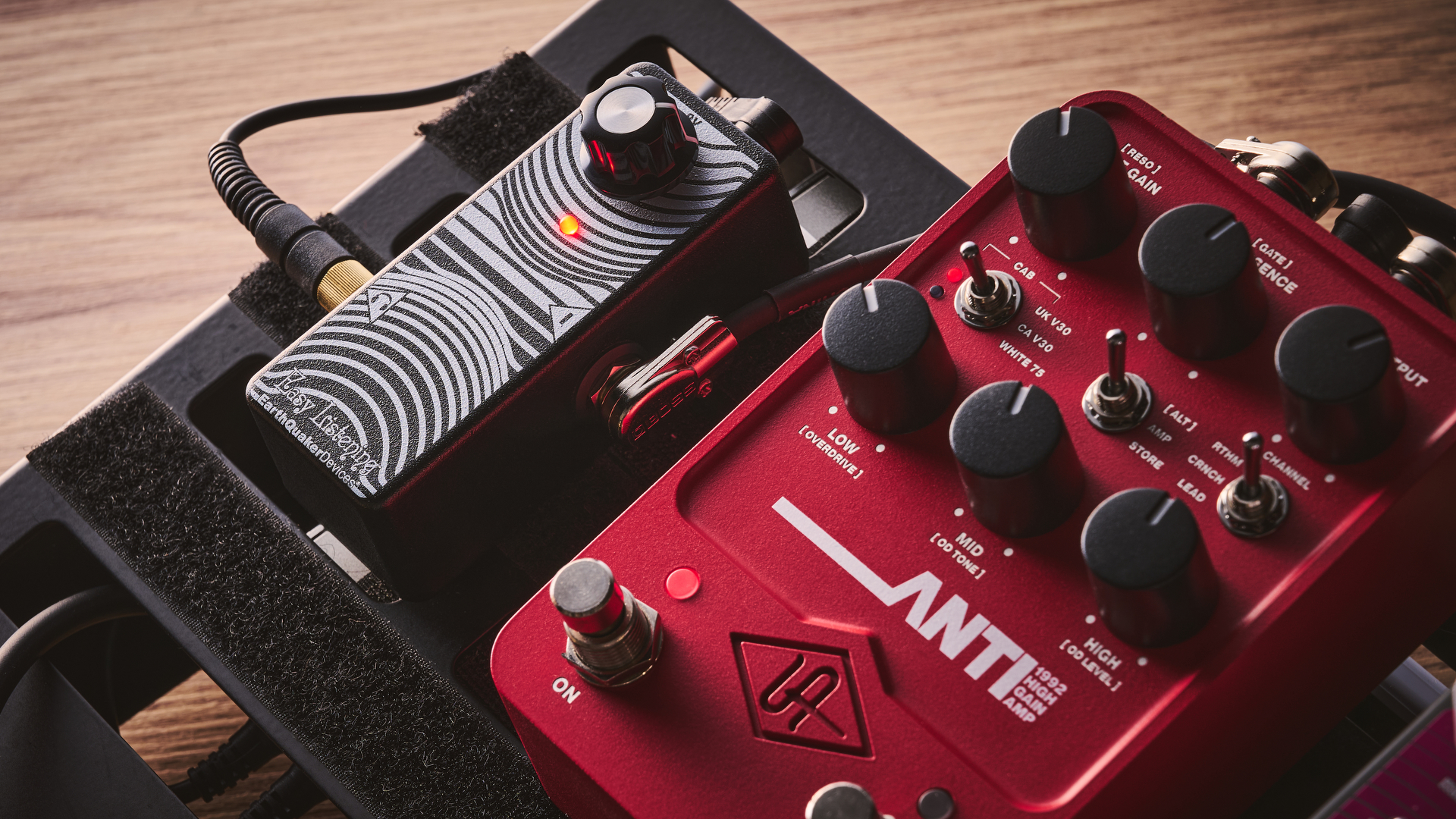
Sounds rating: ★★★★☆
My test begins with my Gretsch semi-hollow plugged straight into the pedal, with the output being a pair of Beyerdynamic DT 990 Pro studio headphones. Wanting to get an idea of the base tone it offers, I play a few licks I’m working on for my current post-punk project to get a feel for it.
It makes you forget you’re playing with a modeller and just lets you enjoy your guitar without having to think too much about it
Straight away, I can hear that Blackface tone through the humbuckers on my guitar. Resonant lows, smooth yet cutting highs, and that slight low mid-range cut that makes the Fender 65 Deluxe Reverb one of the most popular amps in the world.
It’s super responsive too, with none of that slight fudginess you can sometimes get from playing a digital amp. For me, this is the most impressive thing about Easy Listening: it makes you forget you’re playing with a modeller and just lets you enjoy your guitar without having to think too much about it.
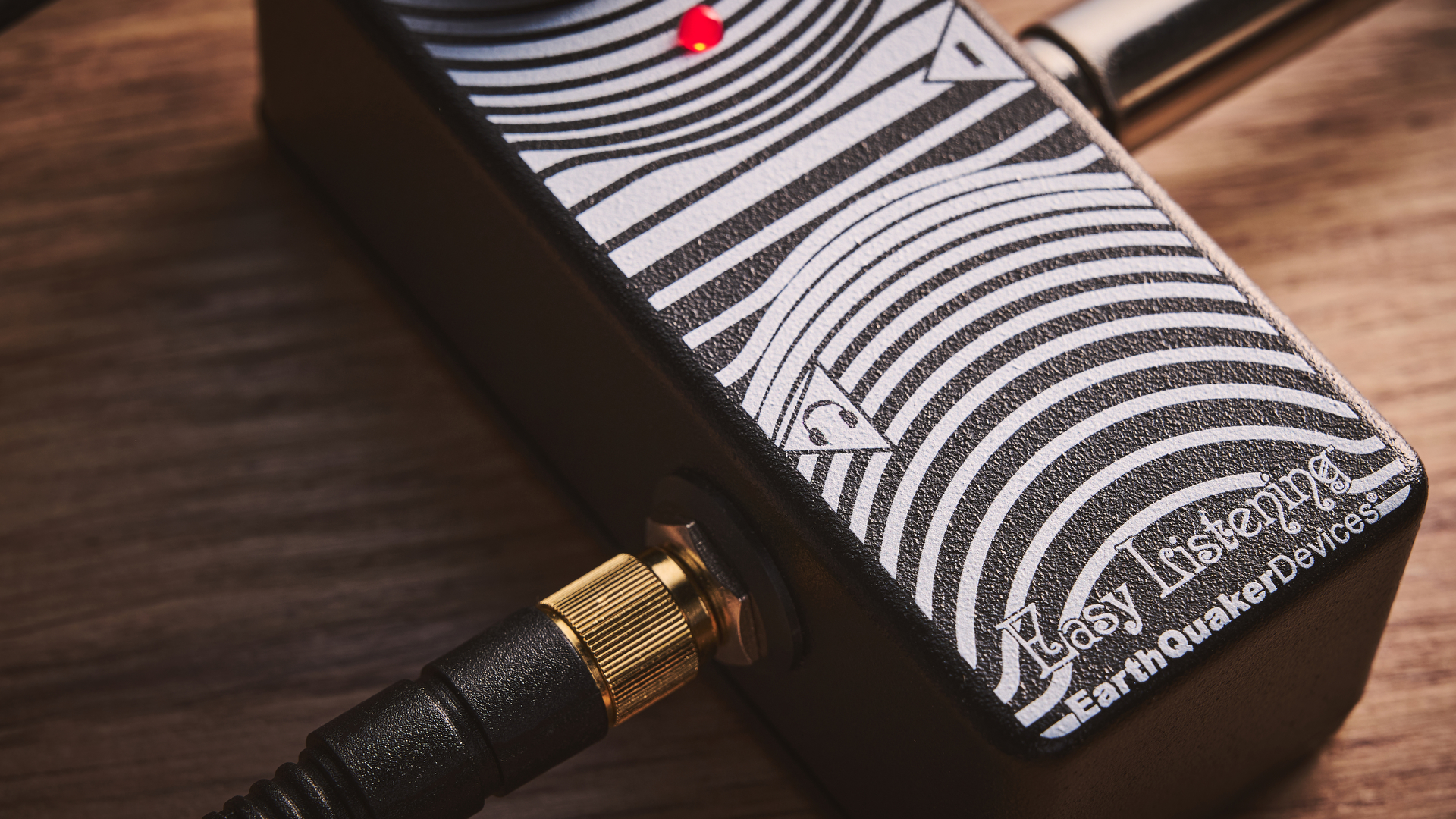
There’s a surprising amount of headroom available, too. Even when I swapped to my humbucker-equipped baritone guitar, it still stayed clean the majority of the way through the turn of the volume knob. There was some clipping once I got near to max volume, which wasn’t exactly pleasant, but that was at considerable volume.
With the knob barely at an 11 o’clock, it's positively deafening through my headphones
Clean tones tested, I grab my pedalboard with its wildly overzealous choice of gain stages, synth effects, and octave pedals to see how Easy Listening holds up under heavy load. When I start front-loading it with drives, I realize just how loud this pedal can get. With the knob barely at an 11 o’clock, it's positively deafening through my headphones, and I immediately reach down to change it to the 9 o’clock position for some respite.
It handles me putting various stages of gain on it really well, so even with a boost, fuzz, octave, overdrive, and distortion in the signal path, it holds itself up as admirably as my regular Orange tube amp does. I do need to tweak the settings of my pedals to handle the different voice of the Easy Listening, but these are small changes that don’t require a drastic change from my typical sound.
Verdict
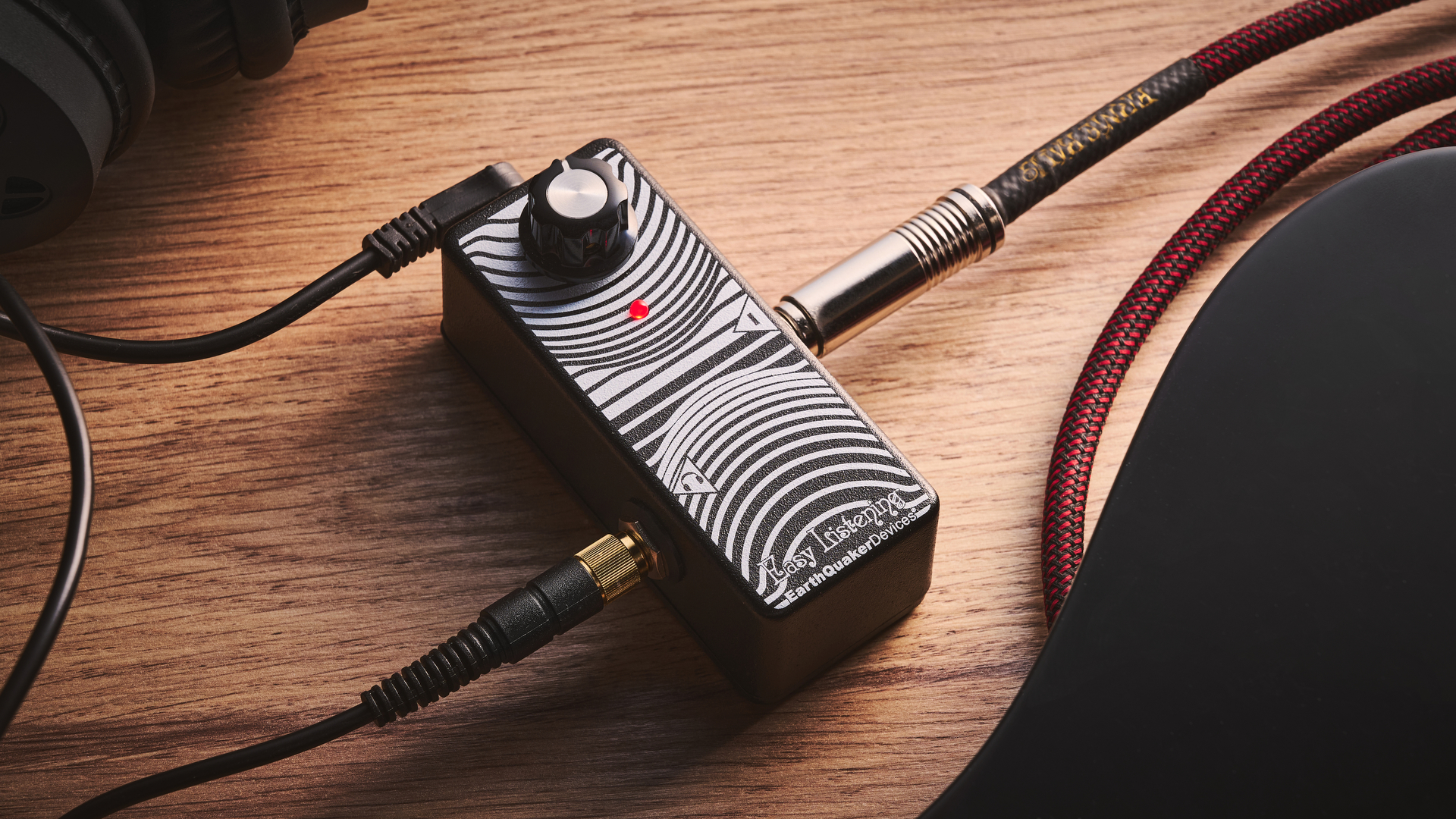
One of the things that occurred to me during my time with the EQD Easy Listening is just how, well easy it is to get along with. No constant reaching over to change things, no smartphone app to try and connect via Bluetooth, only to inevitably have issues with the myriad of other devices hooked up to your phone. Just plug in, turn on, and play. It’s exactly how a good guitar amp should work.
The perfect antidote for players who don’t want an amp simulator jam-packed full of tech
With that ease of use, you are limited, however. It’s a single amp sound with no ability to change the cabinet simulation, so if you’re not a fan of the Fender amp tone, you’re probably not going to get on with it. Here, I feel the ability to change the impulse response if you wanted to could be useful, but then that would take away from the entire point of its existence, wouldn’t it?
Guitar World verdict: The Earthquaker Devices Easy Listening is the perfect antidote to players who don’t want an amp simulator jam-packed full of tech. With no smartphone app, no IR loader, and just a single knob for control, it does away with all the distractions and lets you focus on the good stuff, i.e actually playing your guitar.
Test | Results | Score |
|---|---|---|
Build quality | As rugged as it gets, with very little to go wrong. | ★★★★★ |
Usability | Easy to use with just one control, but lacking in other features. | ★★★★☆ |
Sounds | Fender-esque tone that’s ultra responsive, but it only does one sound. | ★★★★☆ |
Overall | A brilliant pedal for those who like things simple, but may not satisfy everyone. | ★★★★☆ |
Also try
Fender Mustang Micro Plus - $149/£149
The Mustang Micro Plus has a slightly different design ethos to the Easy Listening, giving you plenty of options in terms of amp tones and built-in effects. It can also act as an audio interface, although you won’t be able to mount this one to your pedalboard.
Read more: Fender Mustang Micro Plus review
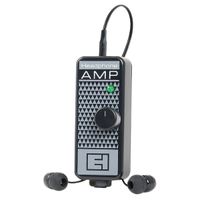
Electro-Harmonix Headphone Amp - $52.60/£49
Probably the most similar to the EQD Easy Listening, the Electro-Harmonix Headphone Amp is a super cheap way to play with your pedalboard without having to use your amp. It’s all-analog too, but is even more simplistic without any cab simulation, so some will prefer to get an IR loader to go with it.
Positive Grid Spark Neo - $199/£189
If you want something a little more fully featured for your practice, the Positive Grid Spark Neo is a great choice. Combining headphones and amp into one handy unit, it’s an immersive experience to play through these cans, giving you all the amp tones and effects you could possibly want.
Read more: Positive Grid Spark Neo review
Hands-on videos
Pedal of the Day
Timothy Johnson

Matt is a Junior Deals Writer here at MusicRadar. He regularly tests and reviews music gear with a focus on audio interfaces, studio headphones, studio monitors, and pretty much anything else recording-related. Matt worked in music retail for 5 years at Dawsons Music and Northwest Guitars and has written for various music sites including Guitar World, Guitar Player, Guitar.com, Ultimate Guitar, and Thomann’s t.blog. A regularly gigging guitarist with over 20 years of experience playing live and producing bands, he's also an alumnus of Spirit Studios, where he studied studio engineering and music production.
You must confirm your public display name before commenting
Please logout and then login again, you will then be prompted to enter your display name.
